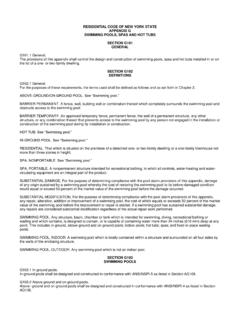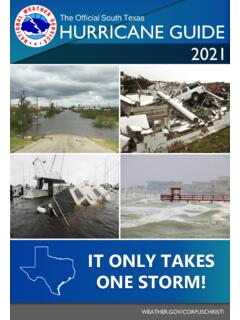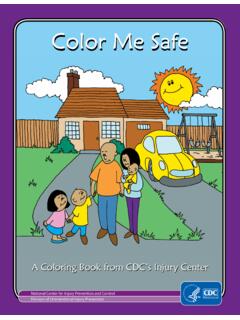Transcription of TRAUMA ALERT CATEGORIES
1 TRAUMA ALERT CATEGORIES I. Level I TRAUMA A. Code Blue Patient 1. Patient with traumatic mechanism is apneic and/or pulseless. B. Code Red Patient 1. Glascow Coma Scale < 13. 2. Penetrating Injuries to the head, neck or trunk. 3. Shock present. a. Systolic Blood Pressure < 90 at any point. b. In the pediatric patient, defined as: Age SBP HR 0-12 months <70 <80 or >180 12-24 months <75 <70 or >180 2-6 years <80 <60 or >180 > 6 years <90 <60 or >160 4. Hangings and Drownings WITH near cardiac and/or respiratory arrest. 5. Near cardiac and/or respiratory arrest with traumatic mechanism a. In the pediatric patient, defined as: Age RR 0-12 months <10 or >60 12-24 months <10 or >40 2-6 years <10 or >50 > 6 years <10 or >30 6. Patients requiring endotracheal intubation who have not been stabilized by a provider at another facility. II. Level II TRAUMA A. Code Yellow Patient 1. MVC with death of another occupant of the same vehicle. 2. Motor vehicle/pedestrian crashes or vehicle/bicycle injuries at a suspected speed of > 5 3.
2 Ejection from a vehicle. 4. Total or partial amputation at or above the wrist or ankle. Excludes isolated hand injuries. 5. Demonstrated compromise of blood flow to an extremity. 6. Paralysis involving one or more extremity. 7. Penetrating injuries to any extremity resulting in extensive soft tissue damage or potential neurovascular impairment. 8. Pelvic fractures. 9. Open fractures above the wrist or ankle or multiple fractures due to high energy transfer. 10. Open or depressed skull fracture. 11. Loss of consciousness > 5 minutes. 12. Fall greater than 20 feet with signs and symptoms associated with neck, chest, or abdominal injury. For pediatrics: Fall > 10 feet or 2X their height. 13. High index of suspicion for potential injury based on age ( less than 5 years or greater than 55 years) and/or mechanism of injury. 14. History of TRAUMA in a patient with significant medical comorbidities (cardiac disease, respiratory disease, insulin dependent diabetes, cirrhosis, pregnancy, immunosuppression, coagulopathy, history of anticoagulants).
3 15. Suspected child abuse. III. Level II Intubated TRAUMA A. Transferred from an outlying facility. B. Airway and breathing are controlled with a tracheal tube. Vital signs and acute hemorrhage are stabilized at another facility before transport. 1. Adjunct airways ( LMA, Combitubes, nasopharyngeal airways) are not considered to be definitive airway control. Use of these devices mandates an immediate upgrade to Level I Code Red TRAUMA status. C. Is not in immediate distress. D. Is not expected to decompensate during transfer or require emergent surgical intervention upon arrival. E. This TRAUMA ALERT can only be given by the Via Christi attending TRAUMA surgeon after direct consultation with the outlying facility s provider. IV. TRAUMA Consult A. Code Green Patient 1. Patient who does not meet Level I or Level II Criteria. 2. Positive mechanism for traumatic injury. 3. Suspected child abuse that does not warrant upgrade by mechanism. 4.
4 Warrants further evaluation by the senior TRAUMA resident.





